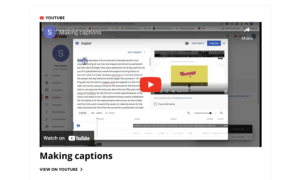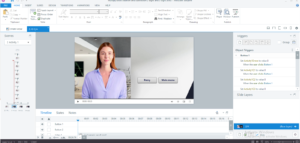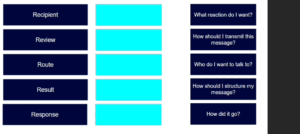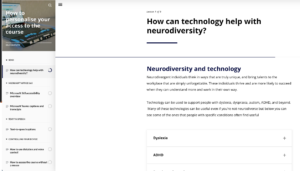Introduction
Upon joining Capita, I found a team keen to embrace accessibility but seeking further guidance. The inclusion of a severely sight-impaired colleague helped make the issue more immediate and personal.
Creation of an accessibility guide
In collaboration with a colleague, I developed a comprehensive guide on producing eLearning material. Within this guide, I dedicated a section to accessibility, detailing:
- Accessible language
- Accessible links
- Challenges posed by PDFs to screen readers
- The importance of colour contrast
- Effective use of alt text and image descriptions
- Voiceover and captions and their significance
- Specific Rise activities that posed barriers to accessibility
Improving video accessibility
Voiceover and captions
Addressed issues with videos containing text but lacking voiceovers. I showcased methods to create captions using YouTube and how to integrate them into videos. Additionally, I produced a screencast as a reference for the team.

Transition to better video tools
Originally, Storyline was the predominant tool for video creation, resulting in autoplay issues and restricted control for learners. Embracing the Web Accessibility Guidelines (WAG) principle of operability, I championed the use of actual video files for enhanced learner control.
Recently, I pioneered making interactive videos in Storyline and championed the use of Storyline video controls to manage playback and captions seamlessly.

Addressing inaccessibility in Rise
Although a valuable tool, Articulate Rise presents specific accessibility challenges:
- Process blocks: Introduced a dropdown feature offering a screen reader-friendly version
- Matching activities: Recognising their inherent inaccessibility, I mastered creating these activities in Storyline, ensuring compatibility with screen readers and keyboard navigation.

Pioneering personalised access
I initiated an eLearning module focusing on personalising course access. This underscored accessibility’s dual role, serving those with permanent disabilities as well as catering to situational impairments (e.g., an arm in a sling) or personal preferences (like taking breaks for eye rest).

